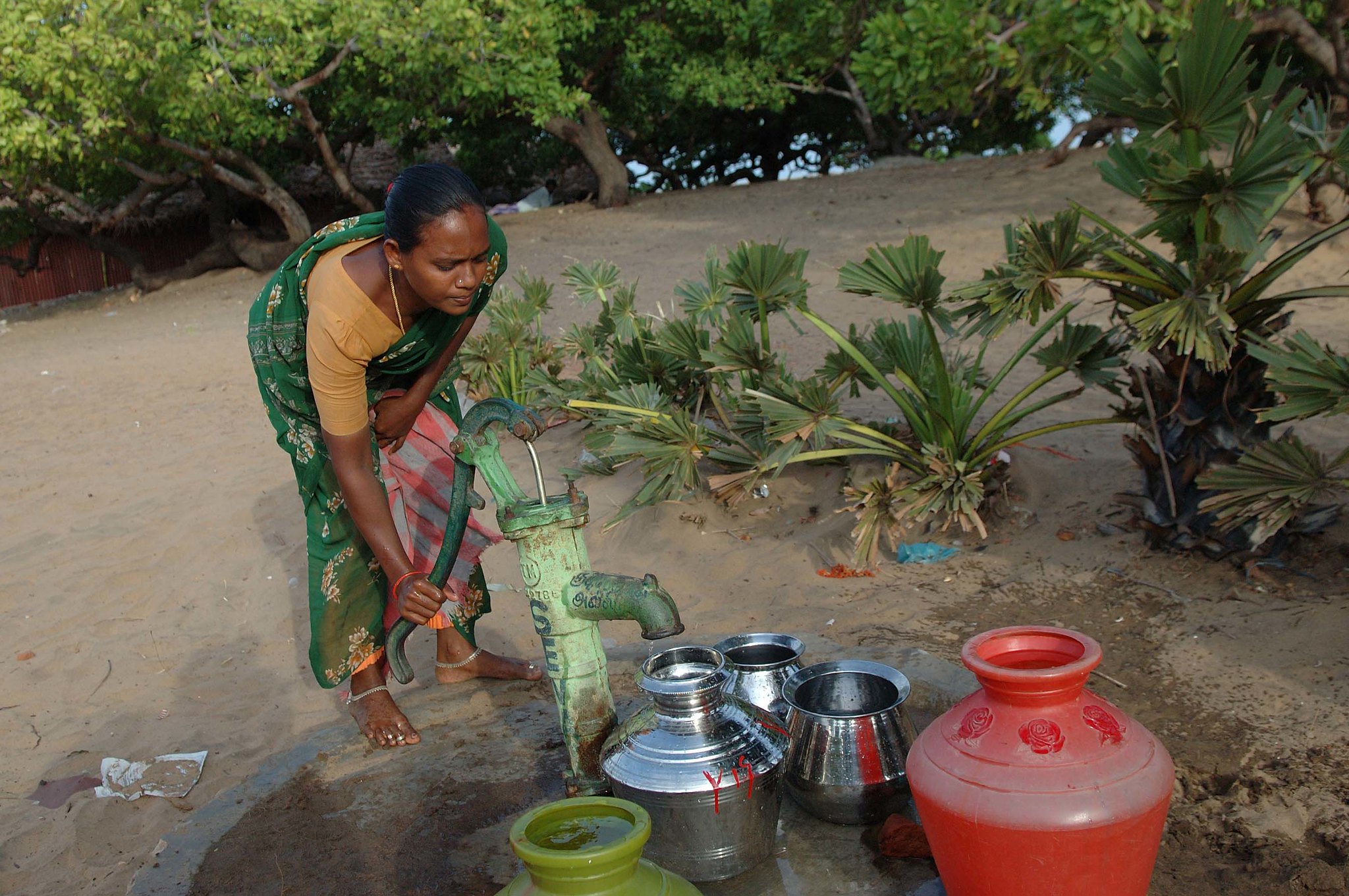The ILO reached out to national statistical offices to assess how producers of precious official statistics are reacting to the enormous challenge they now face. The clear conclusion is that the impact is incredible worldwide but, not surprisingly, varies depending on existing context, infrastructure and capacities. Some common patterns and responses can be identified, which are useful to share as a guide for countries facing up to the challenge.
That challenge is amazingly difficult, if not insurmountable in many cases, if the only objective is to maintain current compilations, let alone to be responsive by generating new data, a must to shed light on the impact of COVID-19 on the world of work. This means that in this unprecedented situation, National statistical Offices, Ministries of Labour and other producers of statistics face a double challenge: providing continuity and maintaining minimum data quality while also being responsive to new demands.
Impacts of COVID-19 on producers of labour statistics

Carrying out household surveys in times of travel bans and social distancing
Labour force surveys (LFS) are household-based sample surveys and serve as the main source of statistics for monitoring labour markets. They provide key indicators on employment, unemployment and working conditions to name a few.
While telephone and web interviewing are on the increase, most countries across the globe continue to rely on face-to-face interviewing as their primary mode of data collection for their LFS. Restrictions in movement forced countries to suspend these operations. Countries are reacting to this in various ways, often by shifting to telephone interviewing. However, this is not easy, and more importantly, when done at short notice with little planning, it can significantly affect response rates and data quality. Meanwhile, some countries temporarily suspended interviewing entirely, particularly those with less frequent surveys in place.
Countries that were already using Computer Assisted Telephone Interviewing (CATI) or Computer Assisted Web Interviewing (CAWI) are somewhat less impacted by disruptions, perhaps teaching us some valuable lessons about how to create resilience in data collection in the future. Nonetheless, all countries are dealing with the effects of changes in working arrangements and are increasingly feeling the direct impact of the illness among both survey personnel and respondents.
Other than the mode of data collection, countries are endeavouring to find ways to maintain response rates and data quality. Some examples include reducing survey content to maintain response rates, re-interviewing previously visited households using available contact information or using publicity campaigns to promote response.
Urgent new demands for data
Inevitably, there is a huge demand for additional data to understand the many impacts on the labour market.
A general response is to place a greater emphasis on indicators that can supplement employment and unemployment numbers. While those numbers will remain key, they will not be sufficient on their own to explain the many impacts of COVID-19 on people’s working lives. Estimates of lay-offs, working time, reasons for changes in labour market status and other elements that are often already collected are potentially useful, although they are not highlighted in normal times.
Countries are also reviewing the content of their surveys to add questions that provide additional details on the ways in which people are impacted. This may be through loss of jobs, lower working time or earnings, or even higher working time among those directly facing the impact of COVID-19, such as health workers, public security officers and workers in transport.
In some cases, administrative data will provide a powerful supplementary source of information to the LFS. The ability to extract data from these sources can be valuable, but also potentially under threat in cases where the working arrangements of government ministries are heavily disrupted.
ILO support
We are in close contact with national data producers and recognise the many challenges they face to continue publishing timely and accurate labour statistics. We are committed to maintaining this close contact and providing support. We will continue to compile and share country practices in response to these challenges and to provide guidance using this information. For the latest information and other guidance, visit our portal on COVID-19 and labour statistics.
Author
-

Kieran Walsh
Kieran is head of the ILO Department of Statistics’ Statistical Standards and Methods Unit.












